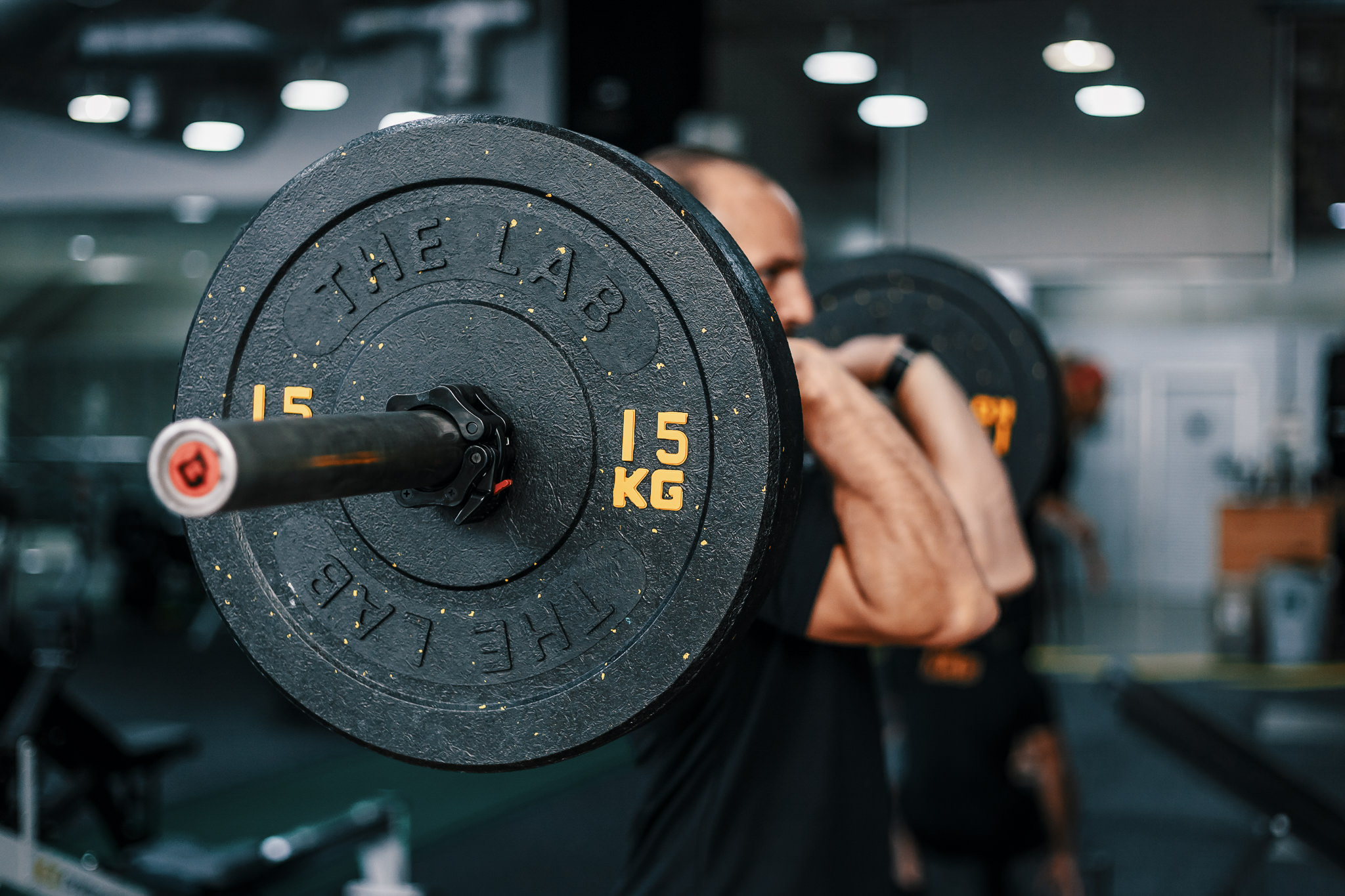Yo Coach Rich! ????????♀️
How much rest should I be taking between my workouts?
First of all; I’m stoked with the fact that you are training so frequently and consistently that you are thinking about the next workout, so good for you!
Along with regular exercise and eating nutrient rich food, recovery plays just as an important role in getting results in your health and fitness journey, as our ability to recover from the physical stresses due to exercises, determines how much intensity, frequency and volume of exercise our bodies can handle.
Not only this but did you know that incorporating an appropriate recovery session as part of your weekly workout schedule, will also help you stimulate your growth hormone and reduce stress levels, so that you can build more lean muscle tissue and reduce stubborn body fat whilst keeping you mentally strong and managing your emotions?
Sleep deprivation causes changes to hormones that regulate hunger and appetite. The hormone leptin suppresses appetite and encourages the body to expend energy. Sleep deprivation reduces leptin. … And lack of sleep makes you more likely to eat more of your overall calories at night, which can lead to weight gain.
A fascinating study from researchers at the University of Colorado found that one week of sleeping about 5 hours a night led participants to gain an average of 2 pounds.
Like many of my busy executive clients, who travel extensively for their work, managing large teams, catching up on paperwork at night and prepping for the next day, this can quickly become the norm.
It’s not just sleep that plays a major role in recovery, the type of workout you are doing matters too.
During training, I always check in with my clients to understand what intensity level (The perceived lever of exertion usually measured between 1-10 when performing an exercise) they are in at that moment.
On some occasions, I might have a client who is usually deadlifting 130kg for 5 reps at a level 7, and on another day I might see them struggling for 1 rep and they are at level 8 or 9.
It’s at this moment I can check in with the recovery part of the training to see how that has played a role in their performance.
Other aspects of your workouts that play a major role in determining frequency is volume of workouts (the density or amount of sets and reps performed during an exercise).
Our volume of training also needs to be taken into consideration, volume is crazy important to our overall health.
Endurance has been shown to increase brain serotonin, endurance athletes are smart!
Why do you think all these Ironman races are full of high powered executives paying $500 to enter a race and riding bikes that cost more than most decent cars?
According to (Anish, Eric J. MD), Brain serotonin levels have been shown to be highly dependent upon plasma free tryptophan, which serves as a metabolic precursor of serotonin. Plasma free tryptophan levels increase when the concentration of plasma free fatty acids are elevated. Because endurance exercise increases plasma free fatty acid levels, such activity may enhance the entry of tryptophan into the CNS via the blood-brain barrier, elevating brain serotonin levels.
Volume can also have its downsides, as too much volume too quickly, will have reverse effects.
Usually leading to overtraining or “Burn out” injuries as fatigue overcomes good quality technique, which then usually leads into hip, lower back, foot or knee issues.
Lastly another important component to recovery, will be your actual recovery tools and techniques….sorry that’s a mistake, what I meant to say was your adherence to the practice of using your recovery tools and techniques.????
Over the past 5 years or so, the health & fitness industry has witnessed a massive boom in the use of foam rollers, trigger point massage balls, cupping, massage guns and soft tissue release techniques.
The scientific break through’s in engineering of these tools is amazing and we are so lucky to have these at our disposal, throw those tools in with an abundance of great YouTube videos on how to use them correctly, a recovery strategy has never been easier to implement into your lifestyle than right now.
Spending 15 mins per day on soft tissue work, especially before a workout will increase your chances of recovery by time by upto 50%!
According to MacDonald et al. (2014) foam rolling can also decrease delayed onset muscle soreness (DOMS) Delayed Onset Muscle Soreness that is due to intensive training. Within the foam rolling group the peak DOMS was seen 24-hours after exercise as within the control group the peak was at 48-hours post-training. The DOMS was also higher for the control group at all post-training time points (24- and 48-hours)
The barrier to success with foam rolling or soft tissue work is that it; just bloody hurts!
When you do it, it feels uncomfortable and awkward and when we feel that way we are a lot less likely to be motivated to want to do it, there is no pleasure without an element of pain!
To summarise; for most of us who want to increase our fitness levels, look and feel younger, have more energy and increase our lean muscle whilst shredding any stubborn fat and becoming happier people.
Engaging in a good variety of exercise and activities that promote a mixture of low intensity endurance like walking or jogging, a periodised and progressive weight lifting program including lifting at lower heavier sets, coupled together with shorter, frequent bouts of high intensity training.
Will give you the space and freedom to exercise more regularly, improve your mental and physical health while helping you to achieve the body goals you desire.
Richard Cohen
CEO & founder
The LAB
References;
(The sleep doctor – Dr Michael Breus PhD)
(Halperin et al. 2014, MacDonald et al. 2013, Sullivan et al. 2013)
(Anish, Eric J. MD Exercise and it’s effects on the central nervous system)

